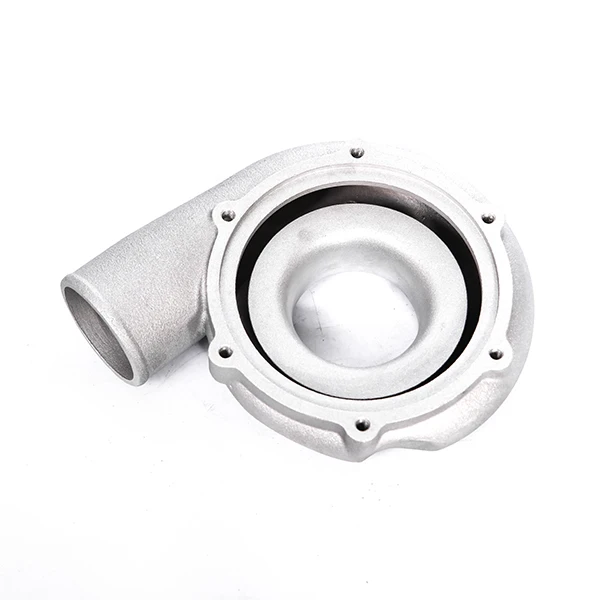Mobile:+86-311-808-126-83
Email:info@ydcastings.com
Techniques for Creating Bronze Casting Molds in Artistry and Industry Production
The Art and Science of Bronze Casting Molds
Bronze casting is one of the oldest techniques for metalworking, dating back thousands of years to civilizations such as the Egyptians and the Chinese. The process involves creating a mold into which molten bronze is poured, allowing artists and craftsmen to reproduce intricate designs and shapes. This article explores the significance, methods, and materials used in bronze casting molds, highlighting the artistry and precision involved in this ancient craft.
At its core, bronze casting is a complex interplay of art and science. The process begins with the creation of a model, typically made from a more malleable material such as wax or clay. Artists meticulously sculpt the desired form, paying careful attention to detail. This model not only reflects the artistic vision but also serves as the basis for the mold.
Once the model is complete, a mold is created around it. Traditionally, molds were made from sand, clay, or ceramic materials, which could withstand the high temperatures of molten bronze. In recent years, however, the use of silicon and rubber molds has become increasingly popular due to their flexibility and ability to capture finer details. These materials allow for a more rapid reproduction of designs and can produce multiple casts without significant wear.
There are two primary techniques in bronze casting the lost-wax process and the sand casting method. The lost-wax method, also known as cire perdue, is one of the oldest and most revered forms of bronze casting. In this technique, the initial model is encased in a heat-resistant material to form a shell. When the shell hardens, the original model is melted away, leaving a hollow mold. Molten bronze is then poured into this cavity, and once cooled, the shell is broken away to reveal the finished piece. This method is particularly valued for its ability to capture delicate details and create intricate sculptures.
bronze casting mold

On the other hand, sand casting involves packing sand around a model to create a two-part mold. Once the model is removed, the two halves are joined together, and molten bronze is poured in. This technique is often more efficient for larger pieces and allows for the casting of robust components. While it may not capture details as finely as the lost-wax method, sand casting is favored for its durability and ease of use.
The selection of mold materials plays a key role in the quality of the final product. Traditional sand molds require a binding agent to hold the grains together, and the quality of the sand used can significantly affect the texture and finish of the bronze. Additionally, the way in which the mold is designed influences the flow of metal, cooling rates, and the overall structural integrity of the cast piece.
Moreover, the skill of the craftsman is paramount in the bronze casting process. From the initial sculpting of the model to the final finishing touches on the cast piece, every step requires meticulous attention to detail and a deep understanding of material properties. Bronze casting is not merely a technical process; it is an art form that requires creativity, vision, and precision.
Throughout history, bronze has been valued not only for its strength and durability but also for its aesthetic qualities. The lustrous finish of bronze, coupled with its ability to age beautifully, has made it a coveted medium for artists around the world. From statues and sculptures to intricate jewelry and decorative items, bronze casting continues to thrive as a respected art form.
In conclusion, bronze casting molds are an essential aspect of this ancient and fascinating craft. The techniques involved, whether lost-wax or sand casting, reflect a blend of history, artistry, and scientific understanding. As artists continue to push the boundaries of what can be achieved through bronze casting, this age-old practice remains a vital part of our cultural heritage, celebrating the seamless marriage of art and technology. With each cast, we not only preserve artistic expression but also honor the rich traditions that have shaped our world.
-
Automobile Water Pumps in Vehicle PerformanceNewsMay.21,2025
-
Valve Box Cover Cast Iron: The Backbone of Fluid Control SystemsNewsMay.21,2025
-
Pump Impeller in Fluid DynamicsNewsMay.21,2025
-
Baffled Oil Pans in Racing Cars: How They Improve PerformanceNewsMay.21,2025
-
Compressor Housing Turbo in Pump EngineeringNewsMay.21,2025
-
Why Oil Pan Thickness Matters for Engine SafetyNewsMay.21,2025











